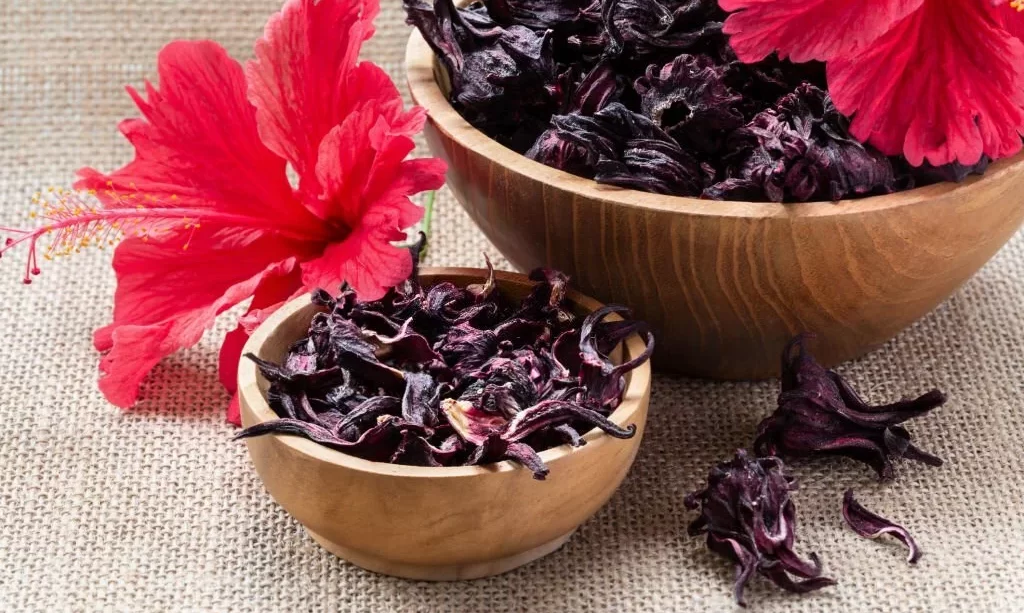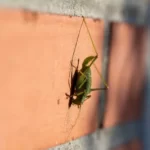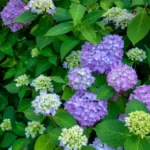The world of herbal smoking has given rise to a myriad of myths and misconceptions, often fueled by a curiosity to explore new and unconventional substances. One such subject of intrigue is the notion of smoking hibiscus, a vibrant and widely recognized genus of flowering plants known for their stunning blossoms. Hibiscus is a plant celebrated for its role in herbal teas and beverages, but the idea of smoking it has sparked numerous questions and misunderstandings. In this article, we venture into the world of smoking hibiscus to uncover the myths, realities, and essential safety considerations that surround this practice. While the hibiscus plant has found its place in the culinary world and herbal infusions, the act of smoking it is shrouded in misconceptions and myths, which we will dissect in the sections that follow.
Hibiscus as a Botanical Element
Before delving into the myths and misconceptions surrounding smoking hibiscus, it is imperative to understand the plant itself. Hibiscus encompasses a diverse genus of flowering plants, notable for their strikingly colorful blossoms that grace gardens and tropical landscapes. Two prominent species, Hibiscus sabdariffa and Hibiscus rosa-sinensis, are known for their culinary and ornamental uses. Hibiscus sabdariffa is famed for its role in herbal teas, where its sepals are used to create a tart and refreshing infusion often referred to as “hibiscus tea”. Hibiscus rosa-sinensis, on the other hand, is treasured for its striking ornamental flowers, found in various vibrant hues.
Both species of hibiscus have firmly established their presence in traditional, culinary, and cultural contexts, lending their unique flavors and aesthetics to a range of preparations, from teas and beverages to floral arrangements. However, the prospect of smoking hibiscus ventures into a territory less explored, prompting questions about its potential effects and purpose.
Myths and Misconceptions
Smoking hibiscus has generated a collection of myths and misconceptions that require demystification. Some individuals have been led to believe that smoking hibiscus could yield psychoactive effects akin to those produced by other substances traditionally smoked for recreational purposes. The roots of these myths may trace back to cultural or historical contexts where specific plants or herbs were utilized in ceremonial or ritualistic ways. The result is an array of speculations regarding the possible experiences that smoking hibiscus might induce.
In this section, we aim to untangle these myths and examine the scientific and experiential realities of smoking hibiscus. It is vital to understand that hibiscus, while celebrated in other forms of consumption, does not contain psychoactive compounds and is not intended for smoking to achieve any psychoactive or recreational effects. The true nature of smoking hibiscus, as we shall explore, might be quite different from what myths and misconceptions suggest.
The Reality of Smoking Hibiscus
Smoking hibiscus is surrounded by a set of misconceptions that merit clarification. The factual reality is that hibiscus, whether Hibiscus sabdariffa or Hibiscus rosa-sinensis, does not possess psychoactive properties akin to those found in substances traditionally used for recreational smoking. While hibiscus plays a significant role in culinary and herbal tea realms, the idea of smoking it raises questions about what one might expect.
In practice, smoking hibiscus typically does not produce the desired effects often associated with recreational substances. Instead, it may lead to adverse outcomes. The inhalation of hibiscus smoke can irritate the respiratory system, causing discomfort and potential harm. Smoking plant material, including hibiscus, is generally discouraged due to the potential negative health implications.
Safety Considerations
When contemplating the act of smoking hibiscus, it is crucial to acknowledge the safety considerations and potential risks involved. Inhaling any type of smoke, including hibiscus smoke, poses respiratory risks. Irritation, coughing, and other adverse reactions are possible outcomes. Furthermore, the long-term health implications of inhaling any form of smoke are a significant concern and should not be underestimated.
It is essential to prioritize safe and informed choices when it comes to the consumption of botanicals and herbs. While hibiscus has its place in the world of teas and culinary delights, smoking it is not a recommended or safe practice. Instead, explore more traditional and safe methods of enjoying hibiscus, such as herbal teas or culinary preparations. These approaches not only preserve the beauty and flavors of hibiscus but also ensure the well-being of those who appreciate its many facets.
Conclusion
In conclusion, the act of smoking hibiscus raises many questions and has given rise to various myths and misconceptions. While the hibiscus plant is celebrated for its vibrant blossoms and its role in culinary and herbal contexts, the practice of smoking it is not supported by scientific evidence and should be approached with caution.
Hibiscus, in its various species, is not intended for smoking and does not contain psychoactive properties. Instead, the inhalation of hibiscus smoke can lead to respiratory irritation and discomfort. It is essential to prioritize safety, make informed choices, and appreciate the beauty and flavors of hibiscus through more traditional and health-conscious methods of consumption. Smoking hibiscus may not yield the desired effects often associated with other substances, but it can potentially harm one’s health. Therefore, when exploring botanicals and herbs, choose the path of safety, understanding, and respect for the natural world.



